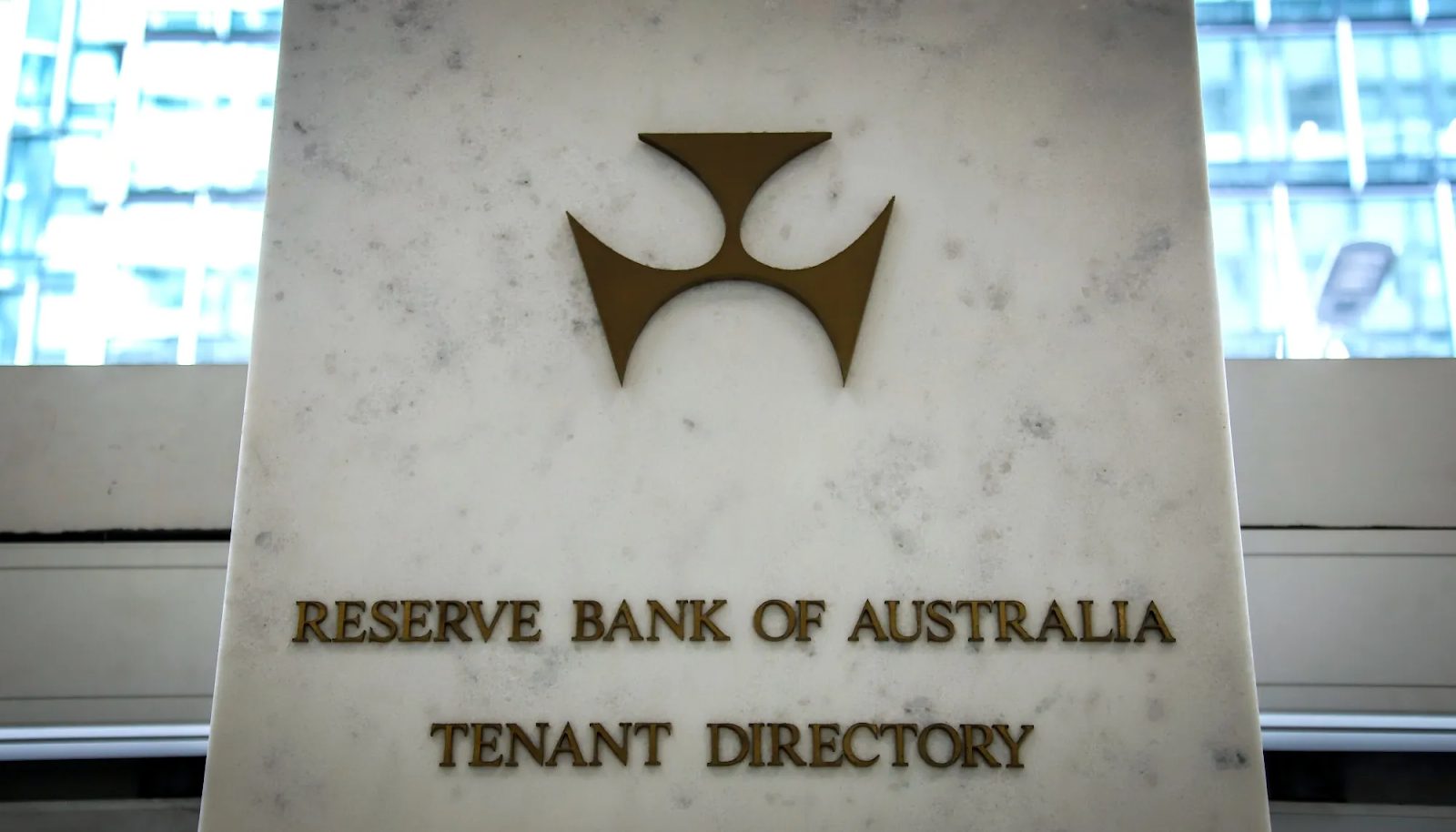Australia’s CBDC Breakthrough: RBA Accelerates Project Acacia for Next-Gen Asset Settlement
Australia’s central bank just dropped a seismic shift in digital finance—Project Acacia isn’t crawling anymore. It’s sprinting toward a CBDC-powered future.
Why it matters: While legacy banks still push paper, the Reserve Bank of Australia (RBA) is rewriting the rulebook for asset settlement. No more middlemen. No more delays. Just programmable money moving at the speed of code.
The tech under the hood: Distributed ledger architecture that could make SWIFT look like dial-up. Early tests show atomic settlements slashing counterparty risk—because 2025’s financial infrastructure shouldn’t run on 1970s plumbing.
The cynical take: Watch traditional finance ‘discover’ blockchain’s benefits now that central banks are doing it—where was this enthusiasm when Bitcoin hit ATHs?
Bottom line: When the dust settles, Project Acacia won’t just change Australia’s financial rails. It’s a blueprint for the next era of global liquidity.
 Source: Bloomberg
Source: Bloomberg
ASIC Enables Real-Money CBDC Testing Through Regulatory Relief
The regulatory relief allows participants to conduct tokenized asset transactions using CBDCs between financial institutions without standard licensing requirements during the pilot period.
ASIC Commissioner Kate O’Rourke noted that the relief instrument will enable wholesale market testing of technologies that could potentially boost efficiency and foster economic growth.
Selected participants include major Australian banks such as Commonwealth Bank, ANZ, and Westpac, alongside specialized firms like Australian Bond Exchange, Fireblocks, and Zerocap.
Brad Jones, Assistant Governor for Financial System at the RBA, emphasized the strategic importance of ensuring Australia’s monetary arrangements remain fit for purpose in the digital age.
Jones described Project Acacia as “an opportunity for further collaborative exploration on tokenized asset markets and the future of money by the public and private sectors in Australia,” with use cases designed to help the RBA better understand innovations in both central bank and private digital money.
Professor Talis Putnins from the Digital Finance Cooperative Research Centre also highlighted the potential economic impact.
He referenced recent research suggesting potential economic gains in markets and cross-border payments could reach AU$19 billion annually.
Australia Pursues Wholesale CBDC Strategy Amid Global Digital Currency Race
Project Acacia builds on Australia’s September 2024 decision to prioritize wholesale CBDC development over retail applications due to greater economic benefits.
The initiative aligns with global trends, as 134 countries representing 98% of the global economy are exploring CBDCs, according to research by the Atlantic Council.
![]() The CBDC race is heating up. 134 countries are now exploring digital currencies, covering nearly the entire global economy, according to @AtlanticCouncil. https://t.co/dDzG7B7Zqb
The CBDC race is heating up. 134 countries are now exploring digital currencies, covering nearly the entire global economy, according to @AtlanticCouncil. https://t.co/dDzG7B7Zqb
The competitive pressure is particularly evident in the Asia-Pacific region, where China’s digital yuan transactions reached $986 billion by June 2024 across 17 regions and 44 countries currently running CBDC pilot programs of varying scales and ambitions.
Cross-border wholesale CBDC projects have more than doubled globally, with initiatives like Project mBridge connecting financial institutions across multiple jurisdictions.
Australia’s comprehensive digital asset framework encompasses tokenization, real-world assets, and CBDC integration within broader efforts to modernize the financial system.
However, challenges remain complex, as David Lavecky, head of Canvas, previously told Cryptonews that the Reserve Bank of Australia’s approach to issuing eAUD is “multifaceted,” with several legal, regulatory, and operational hurdles still to overcome.
![]() Exclusive: Reserve Bank of Australia’s Approach Towards Issuing eAUD is “Multifaceted,” Says Canvas Head David Lavecky. Read the full story
Exclusive: Reserve Bank of Australia’s Approach Towards Issuing eAUD is “Multifaceted,” Says Canvas Head David Lavecky. Read the full story![]() #CryptoNews #Australia https://t.co/QJ5GYbasjx
#CryptoNews #Australia https://t.co/QJ5GYbasjx
Organizers have described Project Acacia’s real-money settlement testing on third-party platforms as another world-first for Australia in the digital finance industry.

